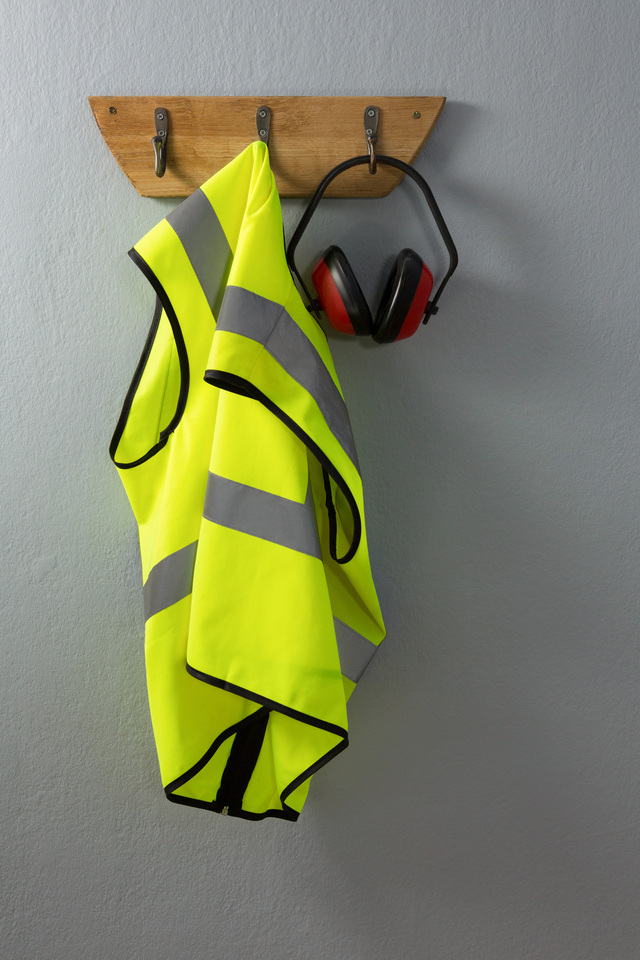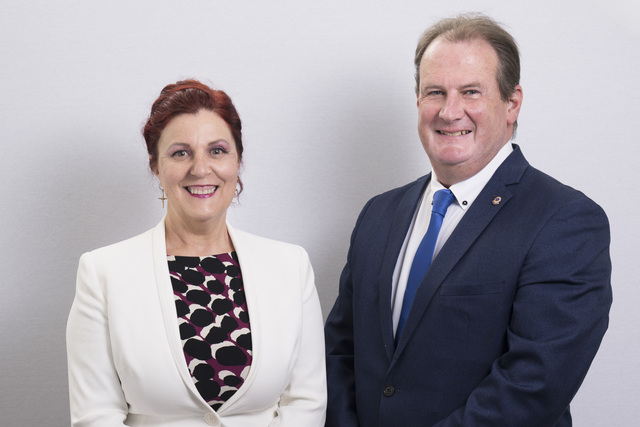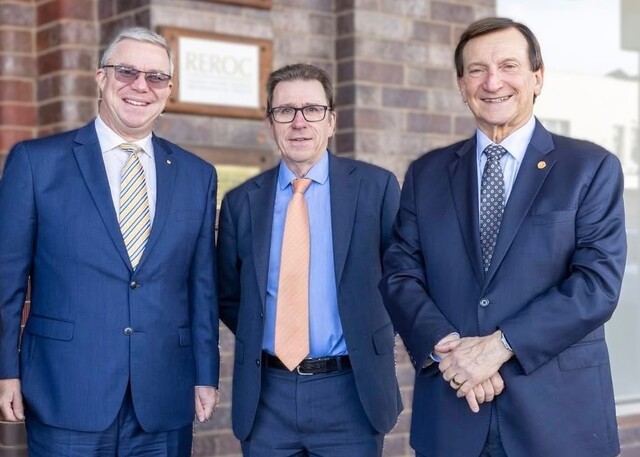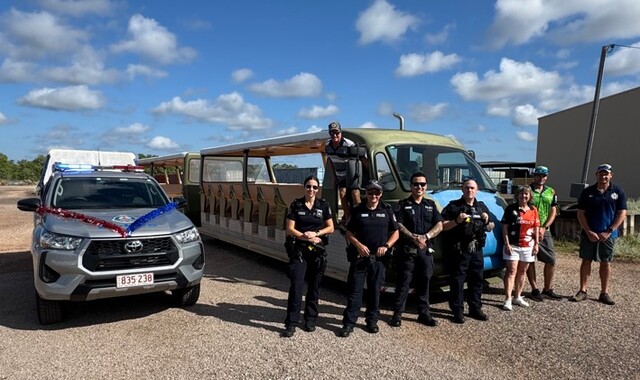Are councils doing enough to keep workers safe and bring them home?
Across local government, many workers regularly operate alone or in remote areas—whether maintaining infrastructure, conducting inspections, or managing parks and reserves. When these workers face an emergency such as a fall, vehicle accident, medical event or confrontation, response time is critical. Without a robust system in place, a manageable incident can escalate quickly.
Councils are increasingly turning to technology to bridge the gap. Automated welfare checks, GPS tracking, satellite communication, and duress alert devices can significantly improve safety outcomes by reducing reliance on manual check-ins or peer-to-peer monitoring.
The key to selecting the right solution lies in understanding the specific risks your workers face. A thorough risk assessment is the place to start. Consider whether the council staff are operating outside of cell coverage, working at height or near water, entering confined spaces, or engaging with members of the public in potentially unpredictable settings. If it’s reliant on email, SMS, or a physical phone call which can’t be completed by the person in most situations, it’s not best practice, for example.
While some organisations use GPS systems in vehicles, this may not offer protection once the worker steps outside, especially because it is typically being reliant on cell cover. In-building coverage can also be a problem, especially in facilities where satellite signals are blocked. Solutions such as wearable pendants that communicate with an external hub can help fill these gaps. Some newer systems even enable smart routing through Wi-Fi networks for areas without mobile or satellite coverage.
Battery life, location tracking frequency, and the ability to trigger alerts through screen lock or without needing to access a phone are also critical considerations. Data sovereignty is another rising requirement to consider. Importantly, the technology is only as good as the response system behind it. Councils should look for solutions with 24/7 professional monitoring, not just automated messages or alerts routed through email or SMS. Not to mention the training required to use the technology under pressure, and refresher training down the track.
In most cases, the best approach involves a tailored combination of devices and software—apps for some roles, satellite-enabled wearables for others, and ongoing support to ensure the system is always working as intended. Some solutions even provide the ability to share devices between users. Safety isn’t a one-size-fits-all, the key is making sure the technology matches the task.
For councils unsure about where to start, or how to improve their existing setup, help is available. It’s a big investment to get a fit-for-purpose solution in place, so it’s worth getting it right the first time.
The team from Guardian Angel Safety will be at the LGW Workplace Health & Safety Conference in Brisbane on 16-18 June. With deep experience in lone and remote worker safety and the latest technology, they can help assess your current approach, recommend improvements, and demonstrate the devices and solutions in person.
Because when it comes to the safety of your people, hope is not a strategy—having the right tools and support is.








